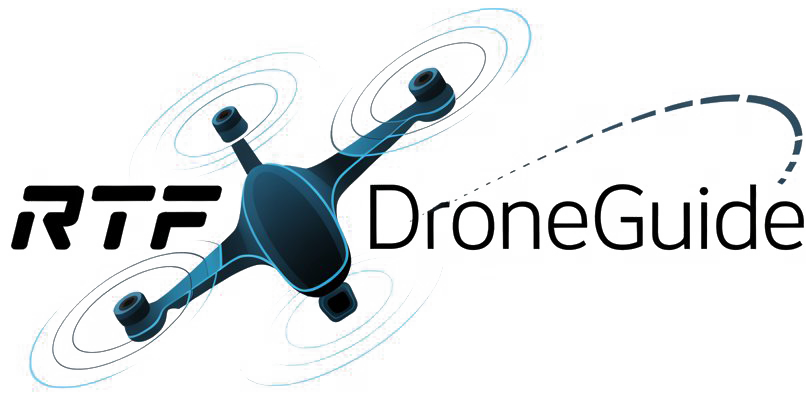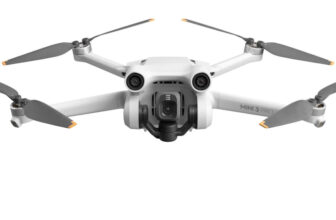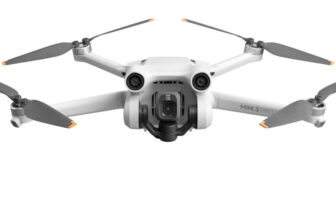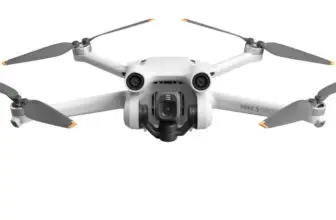Understanding Mini Drones with Obstacle Avoidance
Mini drones have gained immense popularity in recent years, particularly for recreational flying, photography, and professional applications. Among their most impressive features is obstacle avoidance technology, which enhances safety and usability. This article delves into the mechanisms, benefits, applications, and the evolving technologies that drive mini drones equipped with obstacle avoidance systems.
What Are Mini Drones?
Mini drones, also referred to as micro drones or pocket drones, are compact unmanned aerial vehicles (UAVs) that are typically under 250 grams. They are characterized by their lightweight design, portability, ease of use, and affordability, making them accessible to a broad range of users, from beginners to seasoned pilots. These drones are often employed for aerial photography, videography, racing, or simply for leisure flying.
Importance of Obstacle Avoidance
One of the primary concerns with flying drones, especially for novices, is the risk of colliding with obstacles such as trees, buildings, or even people. Obstacle avoidance technology is designed to mitigate these risks, enabling the drone to navigate complex environments autonomously. This feature significantly enhances the user experience, allowing pilots to focus on capturing quality footage or simply enjoying their flights without the constant worry of crashes.
How Obstacle Avoidance Works
Obstacle avoidance systems in mini drones typically rely on a combination of sensors, image processing algorithms, and machine learning to identify and navigate around obstacles. Here’s a closer look at how these components function together:
Sensors: Most mini drones utilize various types of sensors, including ultrasonic, infrared, and LIDAR (Light Detection and Ranging), to scan the surrounding environment. These sensors collect data about the distance and position of obstacles.
Computer Vision: Advanced drones incorporate cameras paired with computer vision algorithms. These algorithms process real-time video feeds to identify objects and surfaces in the drone’s flight path, allowing for more nuanced decision-making.
Data Processing: The onboard flight controller processes the data received from the sensors and camera. It uses complex algorithms to interpret the information, determining the best, safest path to avoid potential collisions.
Autonomous Navigation: Once the potential obstacles are identified and assessed, the drone’s navigation system autonomously alters its flight path. This real-time adjustment ensures that the drone can effectively avoid obstacles without the pilot’s manual intervention.
- Machine Learning: Some advanced drones utilize machine learning to improve recognition of various obstacles over time. With each flight, the software learns from past experiences, becoming more adept at navigating familiar environments.
Key Features of Mini Drones with Obstacle Avoidance
When exploring mini drones with obstacle avoidance, several key features stand out:
Multiple Sensor Types: Effective models use a combination of sensors to create a comprehensive awareness of their environment. Multi-directional sensors can even detect obstacles above and below.
Real-time Processing: Instantaneous data processing allows for immediate reaction to obstacles, ensuring that both forward and backward movements are safe.
User-friendly Interfaces: Many mini drones come with intuitive apps that provide users with easy access to obstacle avoidance settings, allowing customization and monitoring during flight.
- Flight Modes: Many mini drones offer various flight modes, such as “Follow Me” mode or “Waypoints” mode, where the obstacle avoidance system works in conjunction with automated flight paths.
The Benefits of Mini Drones with Obstacle Avoidance
Increased Safety: The most significant advantage of having obstacle avoidance technology is the improved safety it affords. Drones can operate in intricate environments, reducing the likelihood of damaging crashes.
Enhanced User Experience: With less need for constant manual control, users can enjoy a more immersive flying experience, focusing on capturing quality images or videos instead of worrying about navigation.
Longer Flight Times: Since drone collisions can lead to equipment damage and costly repairs or replacements, obstacle avoidance technology can save money and promote longer, uninterrupted flight sessions.
- Improved Accessibility: New users find mini drones more approachable, enabling a wider demographic to engage with drone technology and explore aerial photography, racing, or recreational flying.
Popular Mini Drones with Obstacle Avoidance
Several mini drones available in the market stand out due to their advanced obstacle avoidance capabilities:
DJI Mini 2: Renowned for its compact design and ease of use, the DJI Mini 2 is equipped with built-in sensors that allow for basic obstacle detection. While it lacks sophisticated avoidance systems, it’s perfect for beginners who want to explore drone flying.
Snaptain SP350: This mini drone features an intuitive design with 3D flips and VR support as well as dual sensors, providing solid obstacle avoidance for indoor flights.
Holy Stone HS720: The HS720 incorporates GPS for precise navigation and can adjust its flight path thanks to a combination of visual processing and sensor feedback, making it suitable for beginners and experienced pilots alike.
- Parrot Anafi: This lightweight drone uses visual sensors for obstacle detection and offers a unique 4K camera, catering to both avid photographers and drone enthusiasts keen on flying within challenging environments.
Applications of Mini Drones with Obstacle Avoidance
Aerial Photography and Videography
Mini drones equipped with obstacle avoidance can safely navigate complex environments, allowing photographers and videographers to capture stunning aerial shots without the risk of collision. These features enable creative exploration in urban settings or natural landscapes.
Real Estate
In real estate marketing, high-quality aerial views of properties can make listings more attractive. Mini drones with obstacle avoidance help agents safely film challenging architectural layouts and showcase properties’ surroundings without worrying about crashes.
Search and Rescue Operations
In emergency situations, agile mini drones can quickly navigate terrains that may pose risks to human rescuers. Equipped with obstacle avoidance, these drones can assist in search and rescue missions, ensuring they can maneuver through debris or dense vegetation with minimal human intervention.
Industrial Inspections
Companies are increasingly utilizing mini drones for inspecting hard-to-reach areas, such as roofs and towers, where safety is paramount. The obstacle avoidance feature enables drones to ensure a thorough walkthrough without the risk of collisions with equipment or structures.
Recreational Use
For hobbyists, flying drones in parks or open spaces is a popular activity. Mini drones with obstacle avoidance allow pilots to explore their surroundings without fear, thereby enhancing the fun of recreational flying.
Future Trends in Mini Drone Technology
As the market for mini drones continues to grow, several trends are shaping the future of obstacle avoidance technology:
Integration of AI: The incorporation of artificial intelligence in obstacle avoidance systems will allow drones to learn from their environment over time, resulting in increasingly intelligent navigation.
Improved Sensors: Advances in sensor technology will lead to better accuracy in obstacle detection, allowing drones to perform in more challenging conditions, including low-light environments.
Collaboration with Other Technologies: Future mini drones may include integrated technologies such as augmented reality displays, enhancing user experience and safety further.
Regulatory Developments: As regulations surrounding drone usage evolve, the emphasis on safety features like obstacle avoidance will drive innovation, with manufacturers focusing on compliance and enhanced safety features.
- Smartphone Integration: Improved connectivity between mini drones and smartphones may play a pivotal role in user experience, offering real-time data processing and enhanced control over the drone’s features.
Conclusion
Mini drones with obstacle avoidance technologies offer tremendous potential across various sectors and applications. From enhancing safety for amateur pilots to enabling complex professional uses, these aerial vehicles promise a future where flying becomes even more intuitive and sophisticated. As technology continues to evolve, so will the capabilities of these remarkable drones, paving the way for new adventures and innovations in the world of aerial exploration.






